It’s hard to believe that Prince William and Kate Middleton have been married for more than a decade. The couple’s royal wedding was naturally grand, and years later, William got to see his brother, Prince Harry, tie the knot with Meghan Markle.
The two siblings were once the greatest of friends, but we all know things have soured in recent years. It’s even said that Harry and Meghan’s marriage caused a lot of friction between the former and the future king.
The wedding of Harry and Meghan was unique for many reasons. Firstly, there was the fact that it was a former TV star from the US who was set to join the Royal Family. And remember how King Charles (then Prince Charles) walked Meghan down the aisle? It was a day to remember, that much is sure.
And yet for Prince William it reportedly wasn’t a day filled only with joy. A new bombshell claim reveals he was concerned over Meghan’s wedding attire, relating to Princess Diana.
Prince William & Meghan Markle – relationship
At that point, neither William, Kate, nor Prince Harry knew what the future would hold, or who Harry would meet just a few years later.
Harry met Meghan Markle for a blind date in 2016, and it didn’t take long before she was introduced to his family. The fact that Meghan and Kate Middleton didn’t have the best relationship has been well-documented. It’s also been claimed that Prince William and the Duchess had issues forming a good relationship, though they’re said to have gotten along well in the beginning.
In their book Finding Freedom, authors Omid Scobie and Carolyn Durand revealed many things about William and Meghan’s relationship.
Scobie and Durand claimed that before William and Meghan’s first meeting, the Suits star was “self-aware enough” to understand that both the future king and his brother were “wary of women who were more interested in their titles than their well-being.”
Therefore, Meghan pictured her first meeting with William as being a “grilling.” However, that’s not how it turned out.
“William first said to her, ‘I was looking forward to meeting the girl who has put that silly grin on my brother’s face,’” the authors wrote.
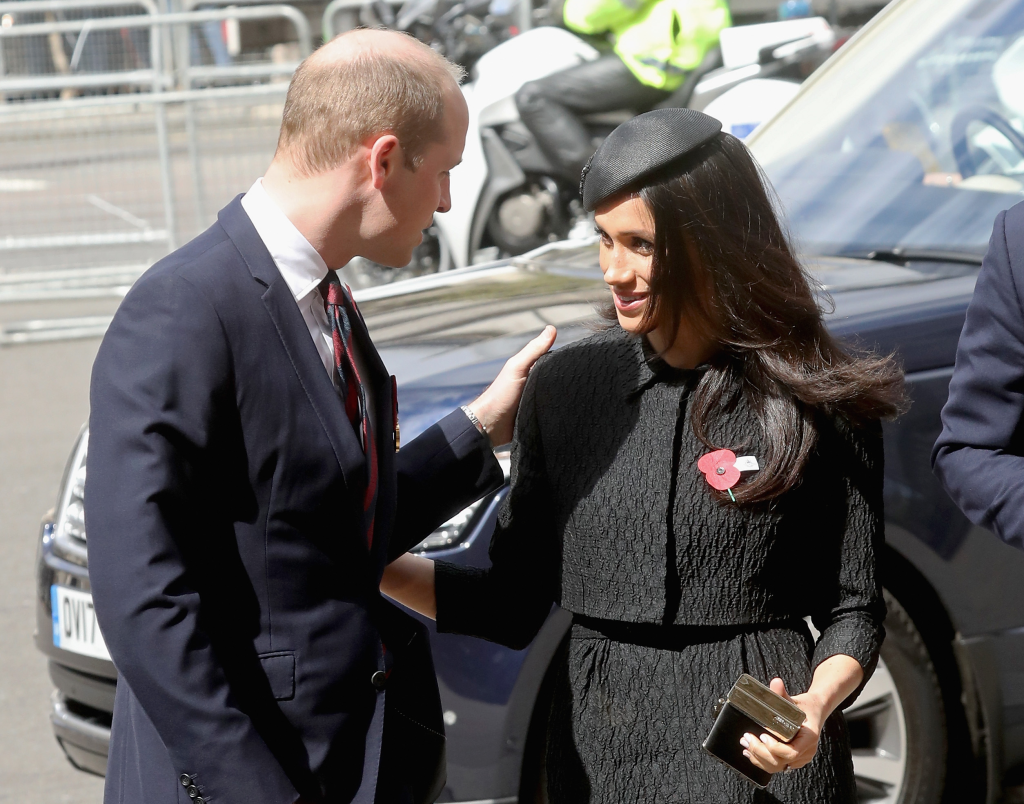
William could see that his brother had found the one. Sadly, Meghan was subjected to harsh treatment and harassment from the press, forcing Harry to release a statement in November 2016 —less than a year after they had begun dating— outlining in no uncertain terms that it was unacceptable.
“Take as much time as you need to get to know this girl”
At the time, Prince William supported his brother and Meghan, releasing his own statement shortly after. Yet while the future king showed public support for Harry and Meghan, he simultaneously “privately voiced concerns,” according to Scobie and Durand.
He was said to be worried that Harry’s relationship with Meghan was developing too fast. The authors wrote that William even discussed this with his brother, telling him: “Don’t fell you need to rush this” and, “Take as much time as you need to get to know this girl.”
Scobie and Durand continued by saying that Harry was “pissed off” that William even asked him to take it slow, while the phrase “the girl” bothered him.
Harry had little time to get Meghan up to speed with how things worked in the royal sphere. For example, the Suits actress didn’t know how to curtsy to Queen Elizabeth II in private, and even though the family welcomed her, Meghan felt isolated.
In the now-infamous Oprah Winfrey interview from 2021, Meghan explained that she “didn’t fully understand” the job.
“There was no way to understand what the day to day was going to be like,” she said at the time.
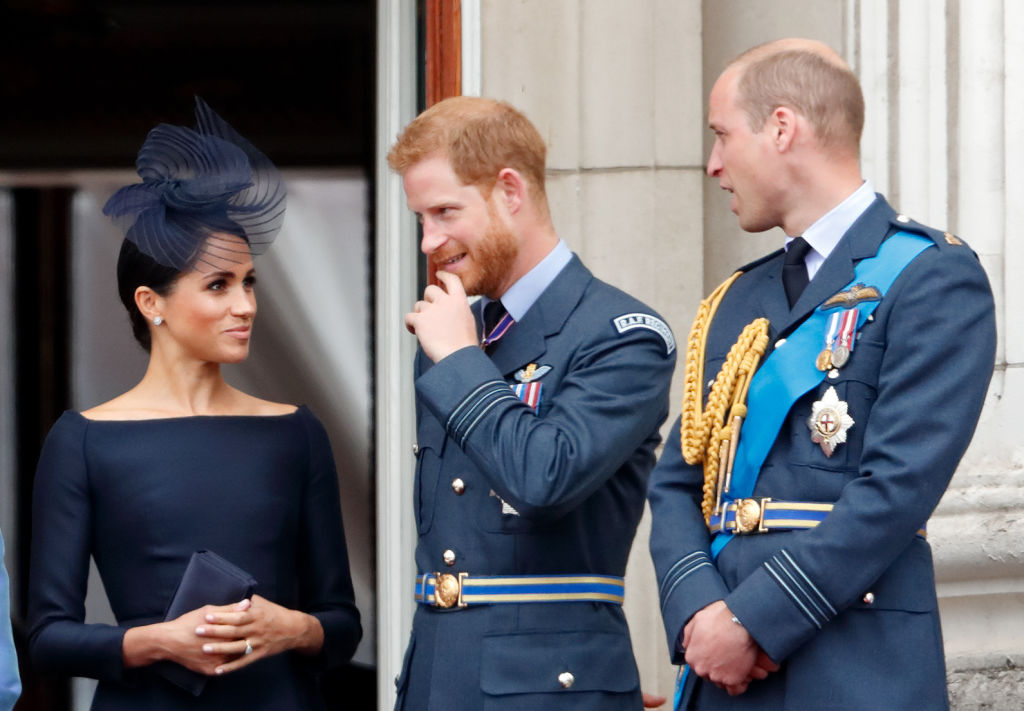
For Harry, things quickly grew frustrating. In a 2022 interview with Fox, royal expert and author Katie Nicholl, who had just released The New Royals: Queen Elizabeth’s Legacy and the Future of the Crown, explained that the Duke felt Prince William and Kate Middleton hadn’t done their part in helping Meghan settle in.
“It was certainly Harry’s feeling that William and Kate hadn’t rolled out the red carpet as much as they might have done,” Nicholl said. “You know, there wasn’t this sort of instant welcoming of Meghan into the royal fold.”
Prince Harry & Meghan Markle – wedding
“I say in the book that William was the first to meet Meghan. And actually, he was really thrilled that Harry had met someone who he’d really fallen for. He was overjoyed when Meghan came into his life, and he fell in love with this woman,” she added.
Moreover, a friend of Harry’s told Nicholl: “Harry felt William wasn’t rolling out the red carpet for Meghan and told him so. They had a bit of a fallout, which was only resolved when Charles stepped in and asked William to make an effort.”
No matter what had happened though, Prince Harry and Meghan Markle were deeply in love. In November 2017, the couple announced that they had gotten engaged, and in 2018 they tied the knot in St. George’s Chapel at Windsor Castle.
As with any royal wedding, the Duke and Duchess of Susses were celebrated with a huge, costly ceremony. But Meghan’s weeks leading up to the grand day were quite stressful.
Days before the ceremony, the Daily Mail revealed that her father, Thomas Markle, had coordinated with a paparazzi photographer to stage several photos, including one where he was getting fitted for a suit before the wedding, one where he was seen reading a book about Britain, and another as he surveyed pictures of Meghan and Harry.
The pictures reportedly sold for over £100,000 ($137,000). Meghan was furious.
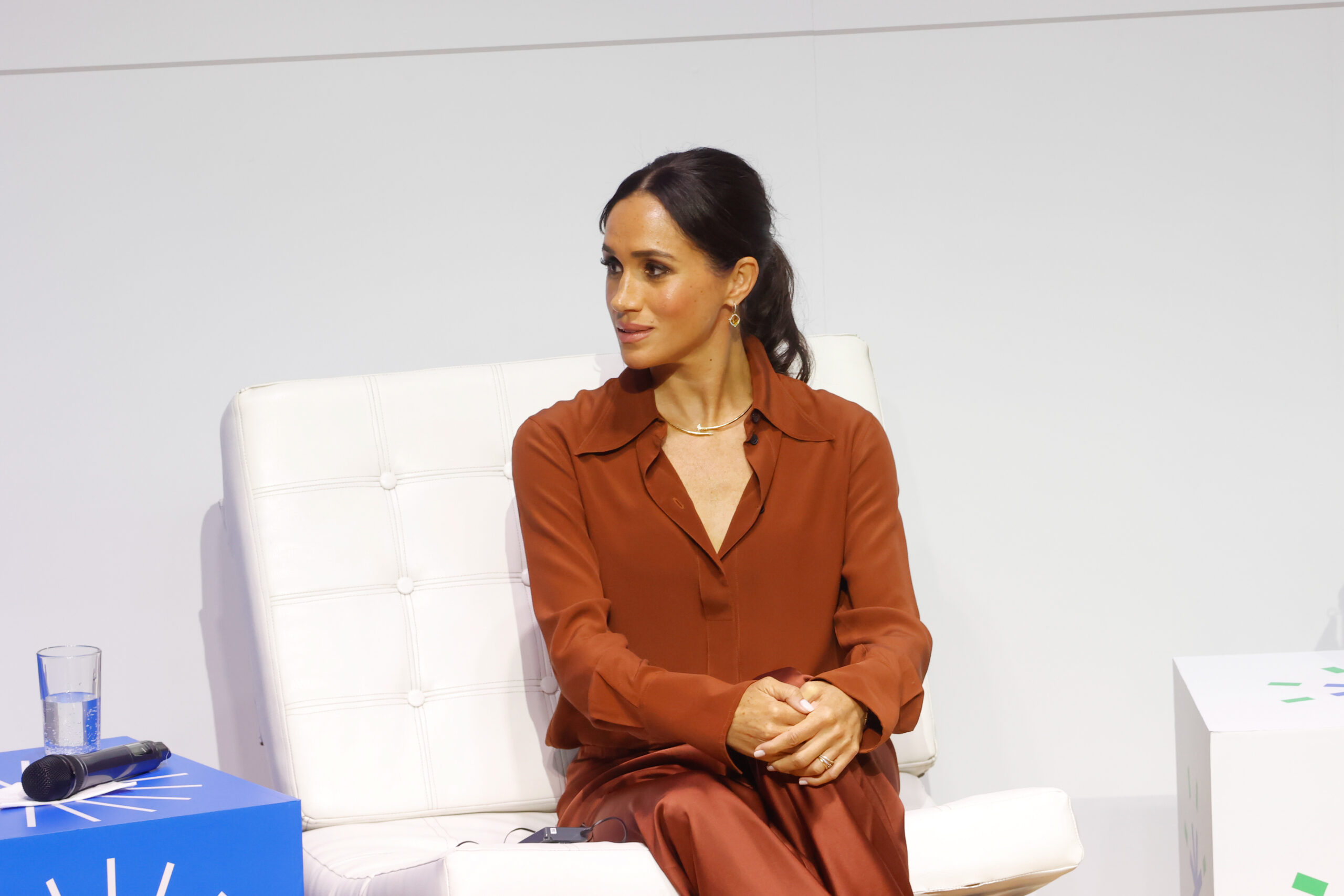
Thomas then initially lied to Meghan and Harry, saying that he hadn’t been involved in the staging of the photos. Ultimately, he claimed he was too embarrassed to attend the wedding, and suffered from subsequent heart troubles.
Why King Charles led Meghan Markle down the aisle
Harry and Meghan had told him explicitly not to speak to the media before their union, but Thomas didn’t listen. In the end, Meghan stated that her father would not be in attendance because he had undergone heart surgery.
As her father wasn’t in attendance, he couldn’t lead Meghan down the aisle. That’s when then-Prince Charles stepped up.
According to royal biographer Robert Hardman, Charles asked Meghan if she wanted him to escort her down the aisle. In his book Queen of Our Times: The Life of Elizabeth II, Hardman wrote that Charles got a quick answer, but it wasn’t what he expected.
Meghan surprised the now-king, asking him to meet her halfway down the aisle. She wanted to make her big entrance into the chapel on her own.
“Feeling for his future daughter-in-law, the Prince of Wales offered to step in, saying he would be honored to escort Meghan up the aisle of St George’s Chapel to the altar. The reply, according to one friend, was not quite what he was expecting: ‘Can we meet halfway?’” Hardman wrote.
“Here was an indicator that this was no blushing bride, but a confident, independent woman determined to make a grand entrance on her own.”

In 2018, in the BBC documentary Prince, Son, and Heir, Harry spoke about his father, Charles, offering to walk his wife down the aisle. Harry initially said he had asked his father about it, and Charles immediately agreed.
Prince William had concerns over Meghan Markle’s wedding outfit
“I asked him to and I think he knew it was coming, and he immediately said, ‘Yes, of course, I’ll do whatever Meghan needs and I’m here to support you.’” Harry recalled. “For him, that’s a fantastic opportunity to step up and be that support, and you know, he’s our father, so of course, he’s going to be there for us.”
Harry proposed to Meghan with a custom three-stone ring. It featured diamonds from his late mother, Princess Diana’s jewelry collection. However, one year later, for the wedding, the fact that Meghan had already worn something from Diana’s jewelry collection left one person concerned: Prince William.
In his book, Spare, Harry recalled tensions between him and his brother when he and Meghan were planning the wedding. Moreover, in Catherine, The Princess of Wales: The Biography, author Robert Jobson claimed that the relationship between Harry and William had deteriorated, and even though William had been confirmed as the best man, the bond between them had “worsened.”
Prince William was allegedly not the only one in the Royal Family who felt Harry and Meghan’s relationship had developed too fast. William, it’s said, decided to reach out to his grandmother to ask for a very special assurance.

“I have been told that, still concerned about the match, he’d sought assurances from the Queen that Harry’s bride would not be wearing any of Princess Diana’s jewellery, even though his own wife was allowed to wear it,” Jobson wrote in Catherine, The Princess of Wales: The Biography, per the Mirror.
Meghan Markle “shocked” over Prince William & Kate Middleton’s latest move
“Despite sharp digs and thin skins on both sides, the wedding at Windsor in May 2018 was a spectacular success,” Jobson continued. “In public, the Royal Family were all smiles, though privately they were at daggers drawn.”
As we all know, the relationship between the Sussexes and the Waleses is far from great today. Harry and William don’t even speak to each other, and it’s safe to assume the same goes for William and Meghan.
The Duke and Duchess have focused on their business ventures in the US, but could soon get company across the pond.
According to OK!, Prince William and Kate Middleton have taken the first steps towards launching themselves in the United States. The Prince and Princess of Wales reportedly have submitted an official document to the United States Patent and Trademark Office as they aim to establish their Royal Foundation charity in the US.
According to documents seen by the news outlet, in May 2023, William and Kate initially bid to land a trademark – and Meghan isn’t happy.
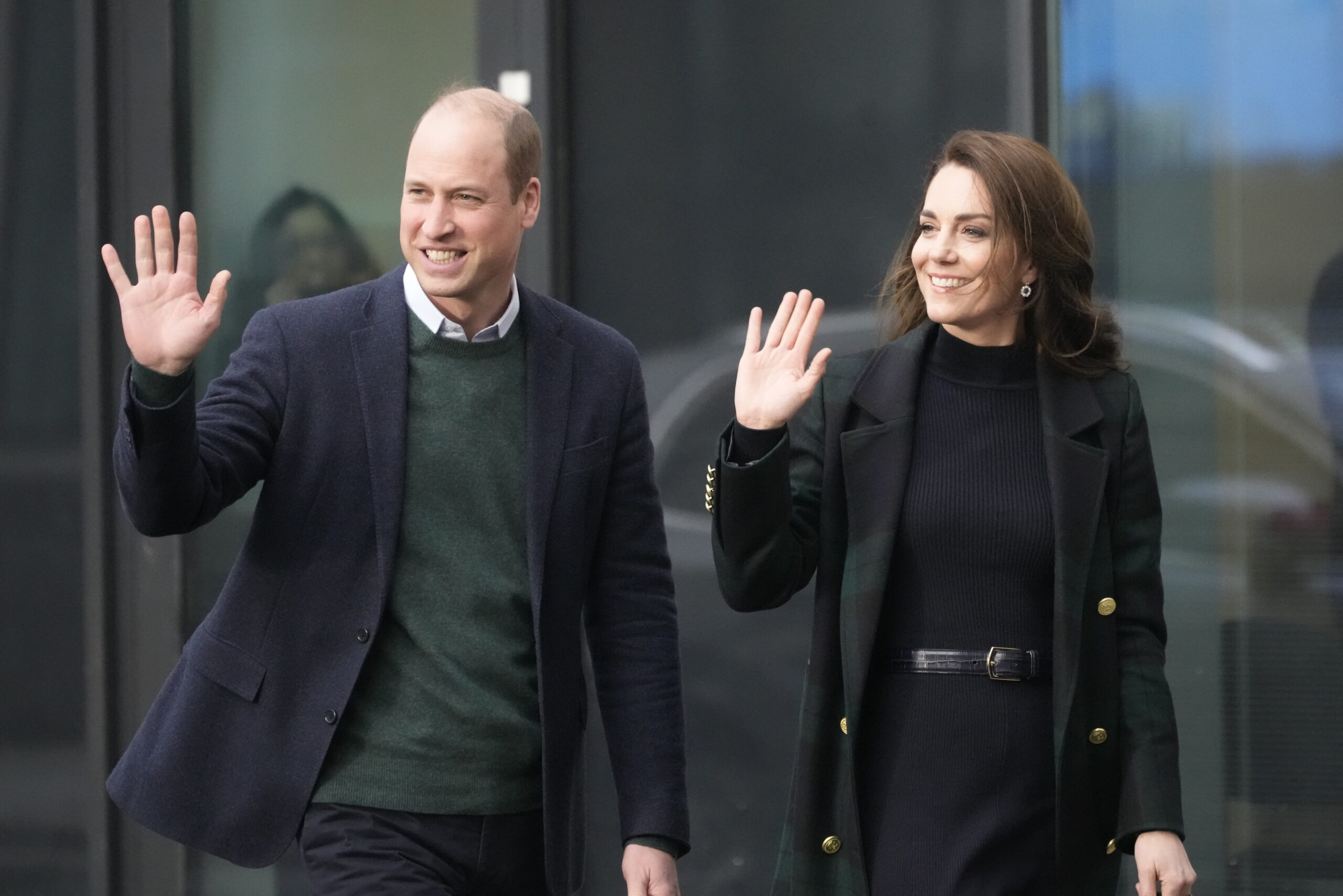
“Meghan was quite shocked when she found out that Kate and William plan to do more work in America after trademarking their foundation’s brand with authorities,” the source told OK!.
“It just feels like another blow,”
“Although they have made a couple of trips to the US, it’s not really part of their territory, and now Meghan feels they could be moving in on her turf.”
According to the source, the Prince and Princess of Wales’s inclusion of “healthcare services relating to mental health” in their trademark application could lead to a ‘turf war’ with the Sussexes.
“For Meghan, it just feels like another blow, as Harry is making more of a life for himself in America and doing big events without her, like the one he did in New York last week,” the insider told OK!.
“And she already knows how popular Kate and William are in the US and with their own Hollywood popularity seemingly dwindling, she doesn’t feel comfortable with them making any trips across the pond right now because they will no doubt be a huge fanfare.”
Do you think Prince William and Prince Harry will ever be friends again? Please share this article on Facebook and give your thoughts!
I Finally Introduced My Man to My Sister but It Turned out Nothing like I Expected

IN AN ASTONISHING TWIST, OLIVIA UNCOVERED HER BOYFRIEND’S SECRET RELATIONSHIP WITH HER SISTER. THIS LED TO A DRAMATIC CONFRONTATION THAT EXPOSED HIS DECEPTION TO THE WORLD. THEIR STORY OF BETRAYAL AND SISTERLY BONDING QUICKLY BECAME INTERNET FODDER.
Life is full of unexpected turns, especially when you least anticipate them. Hi, I’m Olivia. After years of feeling alone, I finally thought I’d found happiness. His name was Sam—charming, attentive, and genuinely interested in everything I had to say.
We clicked on a deep level, and for the first time in ages, I felt genuinely happy. He seemed like someone special, someone who could become family one day.
Family means the world to me, especially my sister, Jackie. She’s not just a sibling; she’s been a second mother to me. After we lost our mom, Jackie held our family together, making countless sacrifices without a second thought.
That’s why introducing Sam to Jackie was so important to me. It wasn’t just a formality; it was a significant step, and I needed her approval.
The perfect opportunity arose during one of Jackie’s biggest events—her regional dance competition. The atmosphere was electric, filled with music and applause.
I arrived early, a bundle of nerves and excitement. I couldn’t wait to see Jackie perform, always a treat, and today, Sam would finally meet her. He promised he’d be there.
Jackie was breathtaking on stage, every move telling a story, her emotions evident in every leap and turn. As the crowd cheered at the end of her performance, pride swelled within me. She looked radiant as she approached me.
But then, everything changed. Sam rushed in, slightly out of breath and full of apologies. “I’m so sorry I’m late, Olivia,” he gasped.
Before I could respond, Jackie spotted him. Her face lit up in a way that puzzled me at first, then alarmed me. She bypassed me and threw herself into Sam’s arms. “You made it!” she exclaimed, turning back to me with a bright smile. “This is my sister, Olivia,” she said, as if introducing me at a party.
Everything seemed to freeze around me. “Jackie, you know Sam?” I managed to choke out, my voice barely audible over the continuing applause.
Jackie’s eyes widened in surprise as she looked from Sam to me. “You know him too?” she exclaimed, genuine astonishment in her voice. Her arms were still around him, but her smile faltered as she sensed something was amiss.
My stomach dropped. The betrayal hit me like a ton of bricks, but it wasn’t from Jackie—she was as clueless as I had been. “He’s been seeing both of us, Jackie. He never mentioned you,” I forced out, the words heavy with heartache.
Sam’s eyes darted nervously between us, guilt etched on his face. “Olivia, Jackie, I… I’m so sorry. I didn’t know how to…” he trailed off, unable to finish.
Jackie slowly pulled away from Sam, stepping back as reality sank in. Her expression shifted from surprise to hurt as she absorbed the revelation. “But, Sam, I thought…” her voice trailed off, the pain evident.
Realizing that Sam had deceived us both, especially without Jackie’s knowledge, intensified the pain. As the applause continued around us, I felt a hollow emptiness envelop me, leaving me more isolated than ever in the midst of the crowd.
Leaving the crowd, the noise, and the celebration at the dance competition felt like stepping into a void of silence. My mind was spinning. The fact that Sam had been with Jackie—my sister, my closest confidante—and neither of them knew about me shattered everything I thought was true. I felt betrayed, alone, and utterly devastated.
As I walked, shock turned into anger. How could Sam do this to us? How could he not see the damage he was causing? My trust in him shattered with every step. I needed answers, and I needed to confront him. I turned back, determination hardening within me.
I found Sam and Jackie talking quietly, a stark contrast to the earlier jubilant scene. “How long, Sam?” I demanded, my voice steady despite the turmoil inside. Jackie looked at me, confusion and pain evident in her eyes. She was a victim too.
“It wasn’t supposed to happen like this,” Sam began, his voice wavering. “I started seeing Jackie after we met, but I didn’t know how to end things when I realized I was in too deep.”
I scoffed at his feeble excuse. “And you thought deceiving both of us would fix that?” The pain was overwhelming, but so was the clarity that accompanied it. Sam was a manipulator, and we were mere pawns in his game.
In the days that followed, my heartbreak fueled a desire for action. I couldn’t let Sam walk away, leaving a trail of broken hearts behind him. I had to expose him for who he truly was.
I reached out to others, initially to see if anyone else had experienced what Jackie and I had. What I discovered was a pattern so consistent it was chilling. Sam had left a string of deceived women in his wake, each with a story eerily similar to ours.
Together, we devised a plan. It was bold, dramatic, and it would show Sam the consequences of his actions. We called it the “Hall of Betrayal.” We invited Sam to an event under the pretense of reconciliation, but what awaited him was far from it.
The day of the event arrived. The venue was set, each detail carefully chosen to reflect the stories of those he’d wronged. As the women gathered, there was a sense of solidarity among us.
We were no longer isolated in our pain but united in our determination. We prepared a presentation, each woman ready to share her story. The room slowly filled, anticipation thick in the air.
Sam entered, looking confused but cautiously optimistic. His expression fell as he stepped into the main hall, greeted not by warm embraces but by a sea of familiar faces, none too pleased to see him. As he realized the true nature of the event, his confidence waned, replaced by a growing dread.
I took the floor first, my voice unwavering. “Welcome, Sam, to the Hall of Betrayal,” I declared, locking eyes with him. “Tonight, you’ll hear the stories you know so well, the ones you crafted. Each of us trusted you, and you chose to deceive us all.”
The room fell silent except for the voices of the women he’d hurt, each taking their turn. With each story, Sam’s face grew paler, the impact of his deceit laid bare for all to see. This was our moment of truth, and for Sam, a much-needed reckoning with the consequences of his actions.
The “Hall of Betrayal” was more than just a confrontation—it was a declaration. As each woman spoke, the room filled with the weight of truths finally being spoken aloud. I watched as Sam’s initial confusion turned into undeniable realization.
His charming facade crumbled, replaced by a somber, almost frightened expression. He looked small, overwhelmed by the sea of faces he had once manipulated.
Jackie and I stood together, a united front against the man who had tried to tear us apart. When it was our turn to speak, Jackie’s voice was steady, but I could sense the tremor of emotion beneath her words.
“We trusted you, Sam. You didn’t just play with our emotions, but with our sisterhood,” she said, her gaze steady. I followed suit, my words echoing hers, “You toyed with our lives, thinking you could keep it all hidden. Today, everyone knows the truth.”
The room erupted in a mix of applause and murmurs as our stories unfolded. Sam’s apologies, when they finally came, were drowned out by the collective voice of determination and rebuke from the women he’d wronged.
Reflecting on everything that transpired, I realized that our story was a lesson in trust and the damage caused by deceit. It taught me that while the truth may hurt, silence and lies are far more damaging.
Jackie and I, along with every woman involved, discovered our strength and the power of standing together. In the end, we turned a painful chapter into a story of empowerment and solidarity, a reminder that no one has to face betrayal alone.

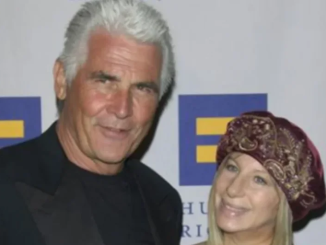
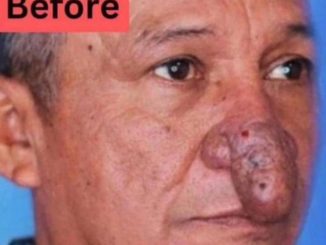
Leave a Reply